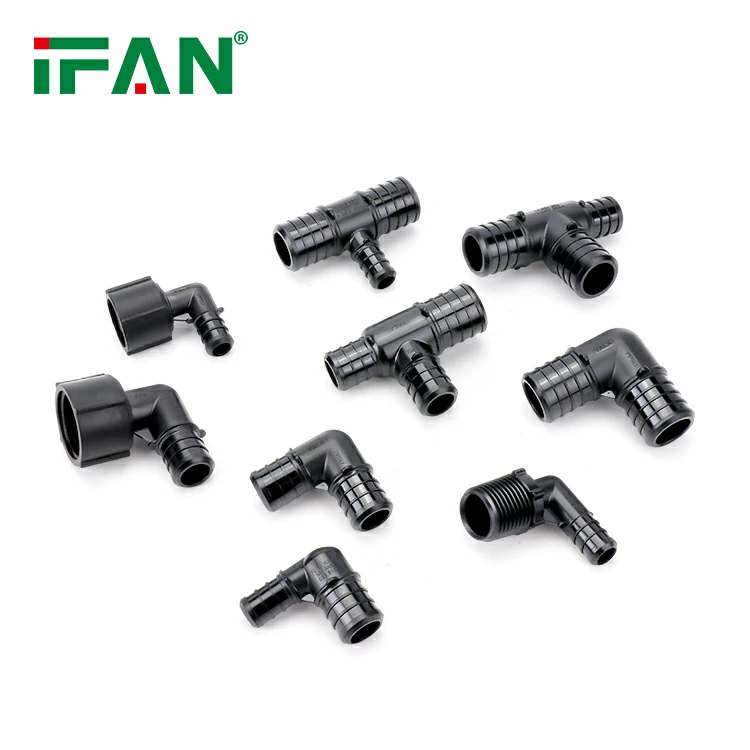Understanding PPSU Material Strength
PPSU (polyphenylsulfone) is a high-performance thermoplastic. It offers excellent mechanical properties for demanding applications. A PPSU fitting typically withstands pressures up to 150 psi at room temperature. This makes it suitable for many industrial and medical uses. The material maintains strength across a wide temperature range.
Pressure Rating Standards
Pressure ratings for a PPSU fitting follow international standards. Common standards include ASTM D2837 and ISO 9080. Manufacturers test fittings under controlled conditions. Ratings account for long-term hydrostatic strength. Most PPSU fittings are rated for continuous 100 psi service.
Temperature-Pressure Relationship
Pressure capacity decreases as temperature rises. A PPSU fitting at 73°F (23°C) holds more pressure than at 180°F (82°C). The derating curve shows about 20% lower capacity at 140°F (60°C). Always consult manufacturer specifications for exact values.
Comparison With Other Materials
PPSU outperforms many common plastics. It maintains higher pressure ratings than PVC or PP fittings. Metal fittings still offer greater pressure resistance. However, PPSU provides better corrosion resistance than metals.

Design Factors Affecting Pressure
Wall thickness significantly impacts pressure rating. Larger diameter fittings often have thicker walls. The fitting’s geometry affects stress distribution. Injection molding quality also influences final strength.
Typical Applications and Pressures
Medical steam systems use PPSU fittings at 30-50 psi. Industrial fluid transfer often operates at 60-80 psi. Hydraulic applications stay below 100 psi. Always stay within manufacturer’s recommended limits.
Safety Factors and Service Life
Engineers apply safety factors of 2:1 or higher. This accounts for potential stress concentrations. A PPSU fitting properly installed lasts 10+ years. Regular inspection helps maintain system integrity.
Testing and Certification
Pressure testing involves short-term burst tests. Long-term tests run for thousands of hours. Certified fittings meet FDA and NSF standards. Always verify certifications for critical applications.

